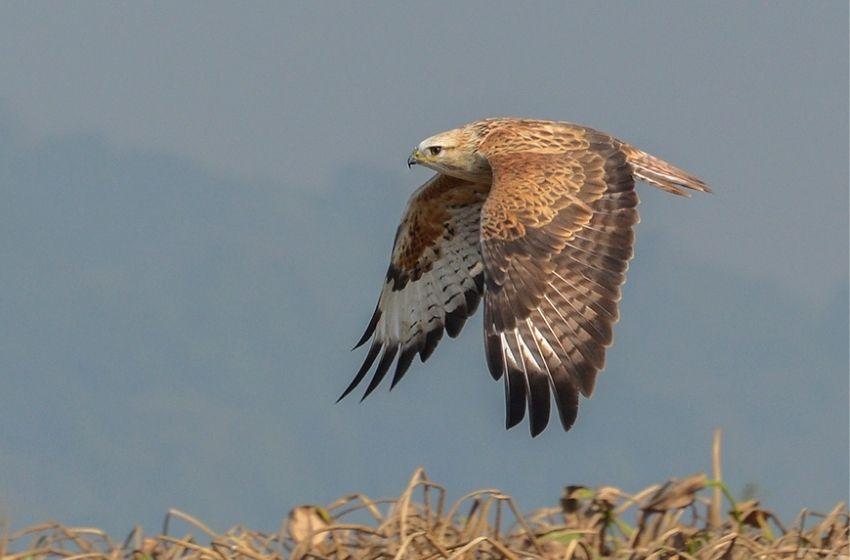In one of the steppe sections of the Tuzlov Estuary National Park, adjacent to the eastern part of the Khadzhider estuary, ecologists have noticed up to two dozen birds of prey: three species of buzzards - Buzzard Buzzard (Red Book of Ukraine), Common Buzzard and Upland Buzzard. In addition, there were several specimens of the common kestrel. And in the twilight one could see several marsh and eared owls.
But experts urge to protect these birds.
This whole unique biological army is the natural regulator of rodents. They also stand guard over your farm harvest. And they must be protected like the apple of an eye. But no, this, unfortunately, has not yet become the norm. There are still many ignorant people, including among farmers, as well as malicious poachers who shoot and kill these unique links of natural ecosystems and such important helpers to farmers.
Ivan Rusev, ecologist
This year, the fight against rodents is especially relevant. Both in the wild and on agrocenoses, very favourable conditions have been formed for the reproduction of voles and mice. Wet spring and summer, warm autumn and the beginning of warm winter, allowed to extend the breeding period of rodents. And in those places where the number of voles is high and the number of their colonies per unit area is high (100 and more per hectare), there, per 100 hectares of territory, one can count up to a dozen daytime birds of prey “wandering†in pursuit of prey.
Unfortunately, birds of prey die from rodent poisoning. After all, rodents that have eaten the pickled grain or other bait, as a rule, do not die immediately, but become easy prey for birds of prey and from this the latter either get very sick or die.






















